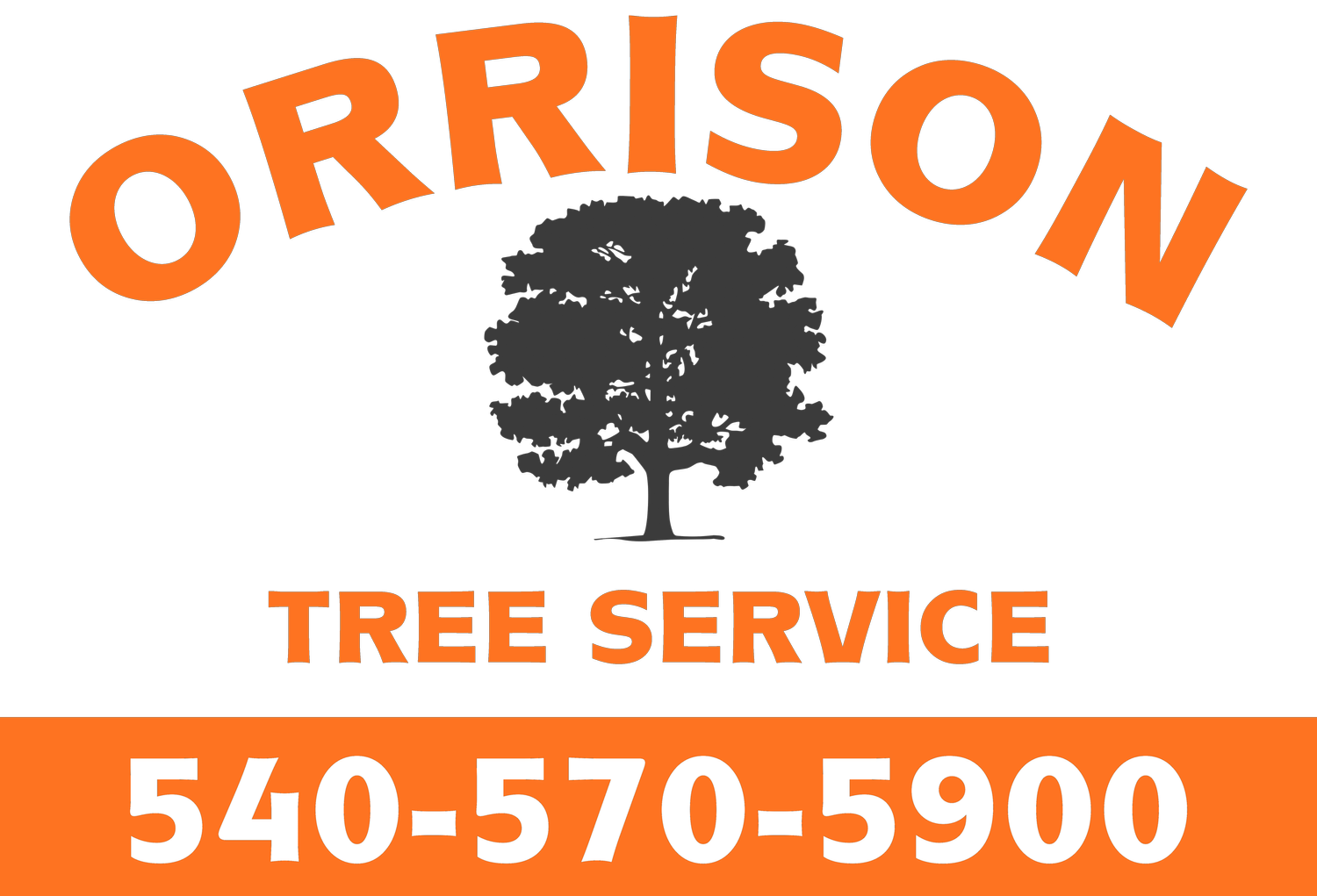When to Trim Trees in Virginia: A Guide for Optimal Growth and Health
Trimming trees is an essential aspect of landscape maintenance, contributing to the health, appearance, and safety of your property. However, determining the best time to trim trees can vary depending on factors such as species, climate, and specific needs. In Virginia, where the climate can range from coastal to mountainous, understanding the optimal timing for tree trimming is crucial to promote vigorous growth and mitigate potential risks. In this guide, we'll explore the ideal times to trim trees in Virginia to ensure they thrive throughout the year.
Consider the Species:
Different tree species have unique growth patterns and responses to pruning. Understanding the characteristics of the trees on your property is essential for determining the best time to trim them. In general, deciduous trees, which shed their leaves annually, are best pruned during their dormant season in late winter to early spring. Examples include oak, maple, and dogwood trees. On the other hand, evergreen trees, such as pine and cedar, can be pruned in late winter or early spring before new growth begins.
Avoid Pruning During Active Growth Periods:
Pruning during periods of active growth can stress trees and interfere with their natural processes. In Virginia, the peak growing season typically occurs from late spring to early fall, depending on the region. Avoid pruning during this time to minimize the risk of disease transmission and excessive sap loss. Pruning during dormancy allows trees to allocate resources more efficiently, promoting robust growth when the growing season resumes.
Address Hazardous or Diseased Branches Promptly:
While adhering to seasonal guidelines for tree trimming, it's essential to address hazardous or diseased branches promptly, regardless of the time of year. Dead, damaged, or diseased branches pose risks not only to the tree's health but also to the safety of your property and those nearby. Be vigilant in identifying signs of decay, fungal growth, or structural weakness, and consult with a certified arborist if you're unsure about the best course of action.
Consider Weather Conditions:
Weather patterns can influence the timing of tree trimming, particularly in regions like Virginia, where climate variations are common. Aim to prune trees on dry, mild days to minimize stress and facilitate proper healing of pruning wounds. Avoid pruning during periods of extreme cold or heat, as well as during windy or stormy weather, which can compromise safety and effectiveness.
Consult with a Professional:
When in doubt, seek guidance from an ISA certified arborist or tree care specialist. These professionals possess the expertise and experience to assess your trees' specific needs and recommend appropriate pruning techniques and timing. They can also identify potential issues, such as pest infestations or structural weaknesses, and offer tailored solutions to promote tree health and longevity.
Conclusion:
Trimming trees at the right time is vital for maintaining their health, appearance, and structural integrity. In Virginia, understanding the seasonal nuances and individual characteristics of tree species can help you make informed decisions about when to prune. By adhering to best practices and consulting with professionals when needed, you can ensure that your trees thrive year-round, enhancing the beauty and value of your landscape while safeguarding your property and the environment.
